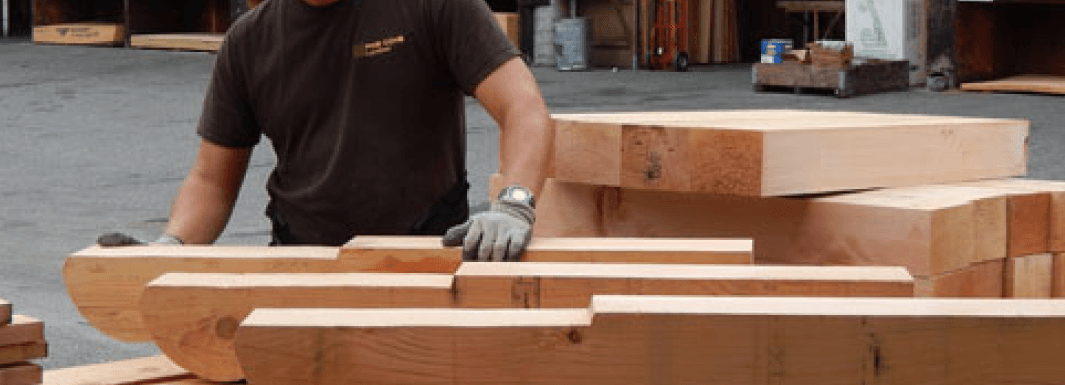
When constructing or renovating a building, selecting the right siding is crucial not only for aesthetic appeal but also for ensuring durability and protection against the elements. Siding serves as the outer layer of your home or building, and its choice can significantly impact the maintenance, energy efficiency, and value of the property. Here’s a guide to help you choose the appropriate siding material based on several key factors.
Material Considerations
- Vinyl Siding: This is one of the most popular siding materials due to its cost-effectiveness, variety in colors and styles, and minimal maintenance. It is resistant to weathering, moisture, and fading. However, it can be susceptible to damage from extreme weather like hail.
- Wood Siding: Wood offers a classic and timeless look with options like cedar, pine, and redwood. It is environmentally friendly and provides excellent insulation properties. However, it requires more maintenance than other materials, needing regular painting or staining to prevent decay and insect damage.
- Fiber Cement Siding: Made from a mix of wood fibers, sand, and cement, it is extremely durable and available in finishes that mimic the look of natural wood or stone. It is fire-resistant and termite-proof but is heavier and often requires professional installation.
- Metal Siding: Aluminum or steel siding is durable, fire-resistant, and practically maintenance-free. It’s an excellent choice for modern architecture. Metal siding can be more expensive and prone to dents.
- Brick and Stone Veneer Siding: These materials provide a durable and low-maintenance surface with a high-end, natural appearance. They can be more expensive upfront and require skilled installation, but they offer excellent longevity and resale value.
Aesthetic Appeal
The appearance of your siding should complement the overall architectural style of the building. Consider the visual impact you want to achieve—whether it's a rustic look with wood, a contemporary feel with metal, or a traditional facade with brick or stone veneer. Color choice is also essential as it plays a significant role in the curb appeal.
Climate Suitability
Different materials perform differently in various climates:
Cold Climates: Insulated vinyl or wood siding can provide extra warmth and energy efficiency. Hot and Humid Climates: Fiber cement and metal siding resist warping and degradation from moisture and heat. Coastal Areas: Aluminum or steel are ideal for resisting salt spray and moisture.
Environmental Impact
If sustainability is a priority, consider materials like wood from sustainably managed forests or recycled metal siding. Assess the life cycle of the siding, including production impacts, potential off-gassing, and recyclability.
Budget and Maintenance
Your budget will influence your choice of siding substantially. Initial costs can vary widely, as can long-term maintenance needs. Fiber cement and metal may require a higher upfront investment but typically offer lower maintenance costs over time compared to wood.
Conclusion
Choosing the right siding involves balancing aesthetics, durability, maintenance, cost, and environmental considerations. Whether upgrading an existing building or constructing a new one, thoughtful selection of siding material can enhance both the function and form of your property, making it a smart investment for years to come. Always consult with a professional to ensure that your choice is suitable for your specific building needs and local building codes.
